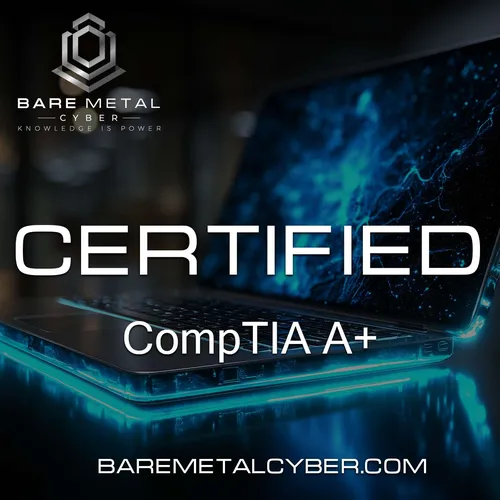Episode 48: RAID Configurations — Zero, One, Five, Ten
- Author
- Dr. Jason Edwards
- Published
- Sat 16 Aug 2025
- Episode Link
- https://share.transistor.fm/s/938a3171
This episode explores the most common RAID configurations tested on the A Plus exam and found in real-world systems. We begin with RAID 0, also known as striping, which offers performance benefits but no redundancy. Then we move to RAID 1, or mirroring, which provides full redundancy at the cost of storage efficiency. RAID 5 is explained as a balance between fault tolerance and disk usage through parity.
Finally, we break down RAID 10—also called RAID 1 plus 0—which combines mirroring and striping for performance and redundancy. We explain how to calculate usable capacity and fault tolerance across each configuration, helping you prepare for questions that require selecting the best RAID level for a given scenario. Brought to you by BareMetalCyber.com.
